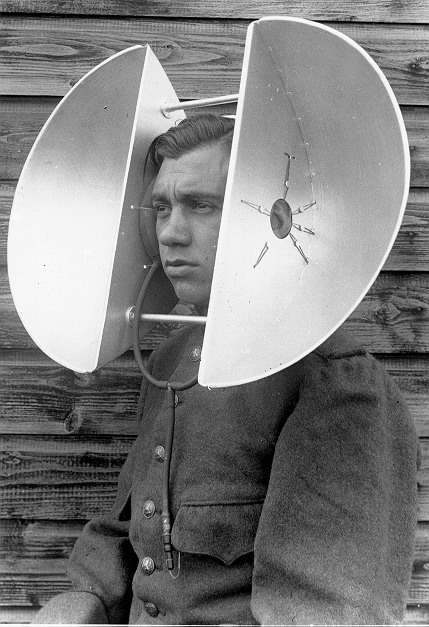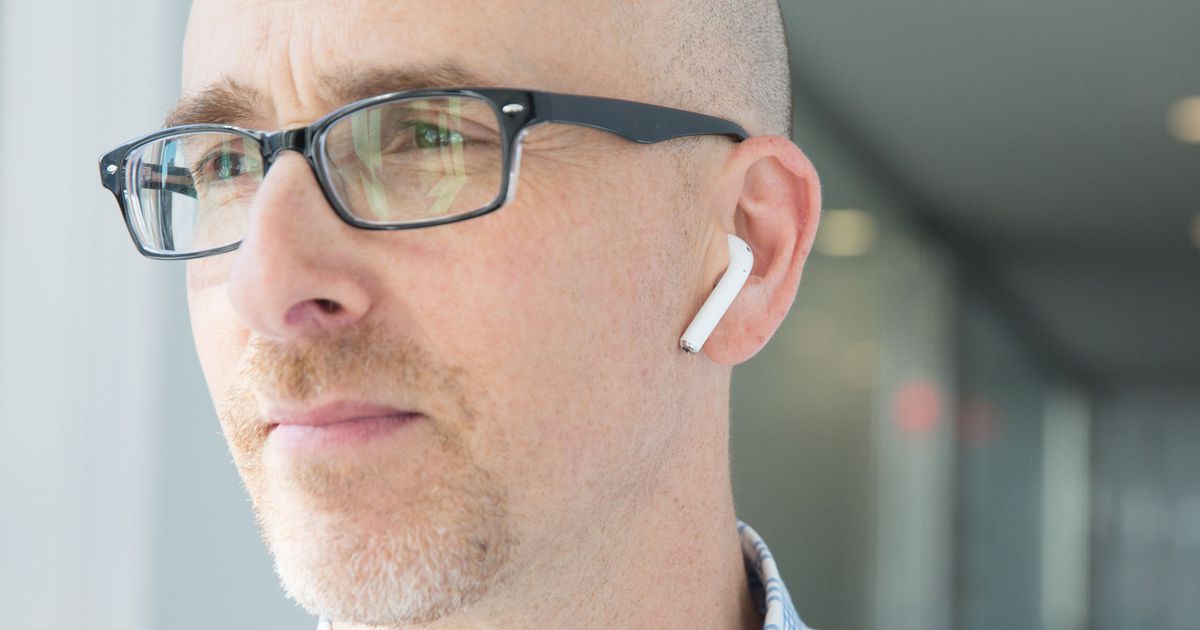Among the litter of largely positive product reviews for AirPods is Michael Brandt’s deeper take on the product in Fast Co.Exist. The writer argues that the quality of the sound is a distant second in importance to the wireless tool being placed just inside the body, acting as a “gateway drug” to future technological implants. Apple is, of course, only one of the Silicon Valley behemoths that would like you to eventually have the implant. As Brandt asserts, “we’re seeing our prediction of humans as the next platform come true.”
The opening:
Apple’s newest headphones, the AirPods, are not actually headphones: they’re aural implants. Absent any wires, earpods are so unobtrusive that you may never take them out. Like the eyeglasses on your face, they’ll sit in your ears all day, and you’ll remove them only at night.
For Apple, this is more than just an incremental update to their headphone product. This is a paradigm shift, a Jedi move by Apple where the seam between human and computer is disappearing.
DEFAULT IN
At first blush, AirPods seem the same as today’s headphones, except with the wires gone. Sure, we’ll use them just like the old ones, to make phone calls and listen to music. But the crux of what’s interesting here is what we’re doing when we’re not using them. Without the lanky wire getting caught on clothes, doorknobs, and backpacks, persistently begging to be wound up and put away, there’s no longer a compelling reason to take them out when you’re done using them. So we won’t.
AirPods are default in, as opposed to traditional wired headphones, which are default out. Much of the criticism lobbied at the design is that you’ll put them down and lose them — but what if you never put them down in the first place?•
Tags: Michael Brandt


